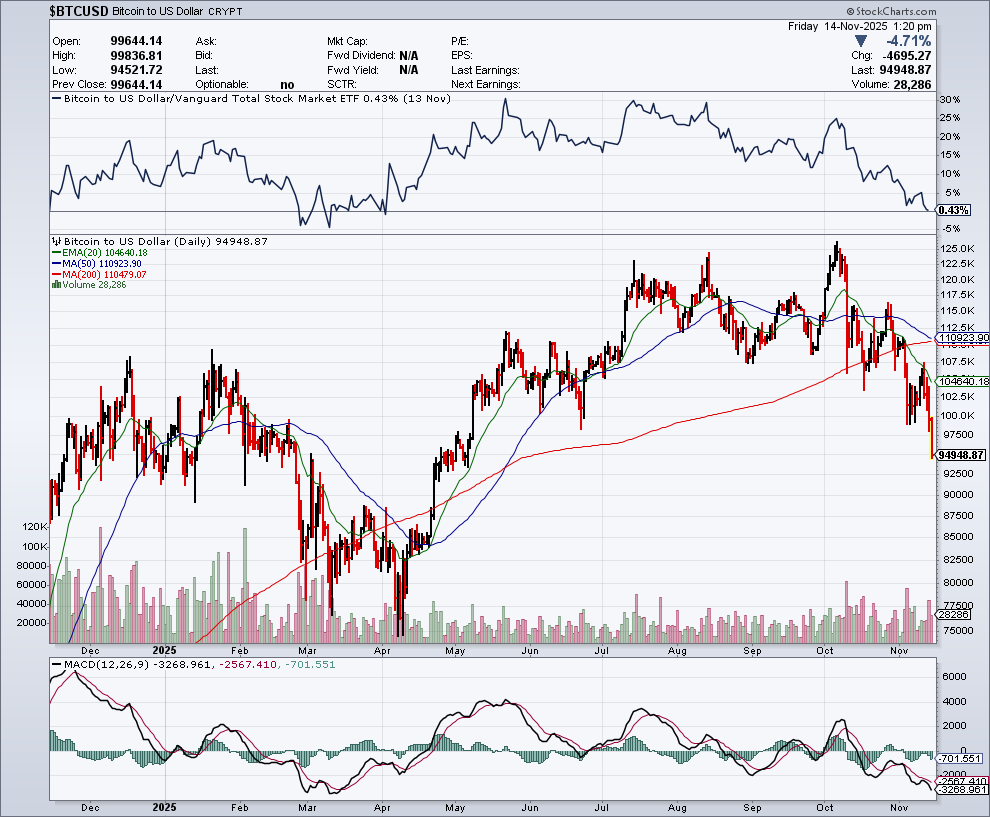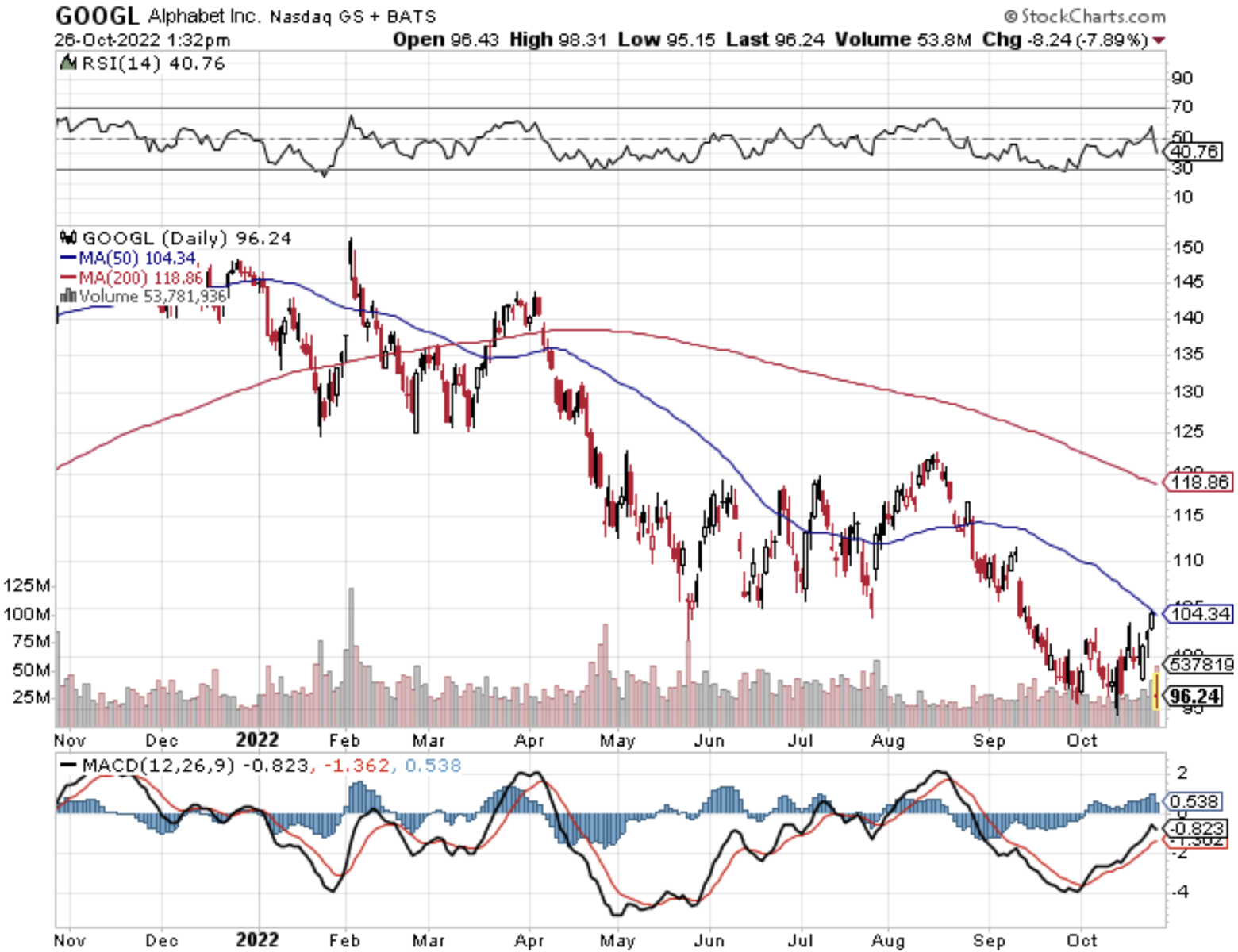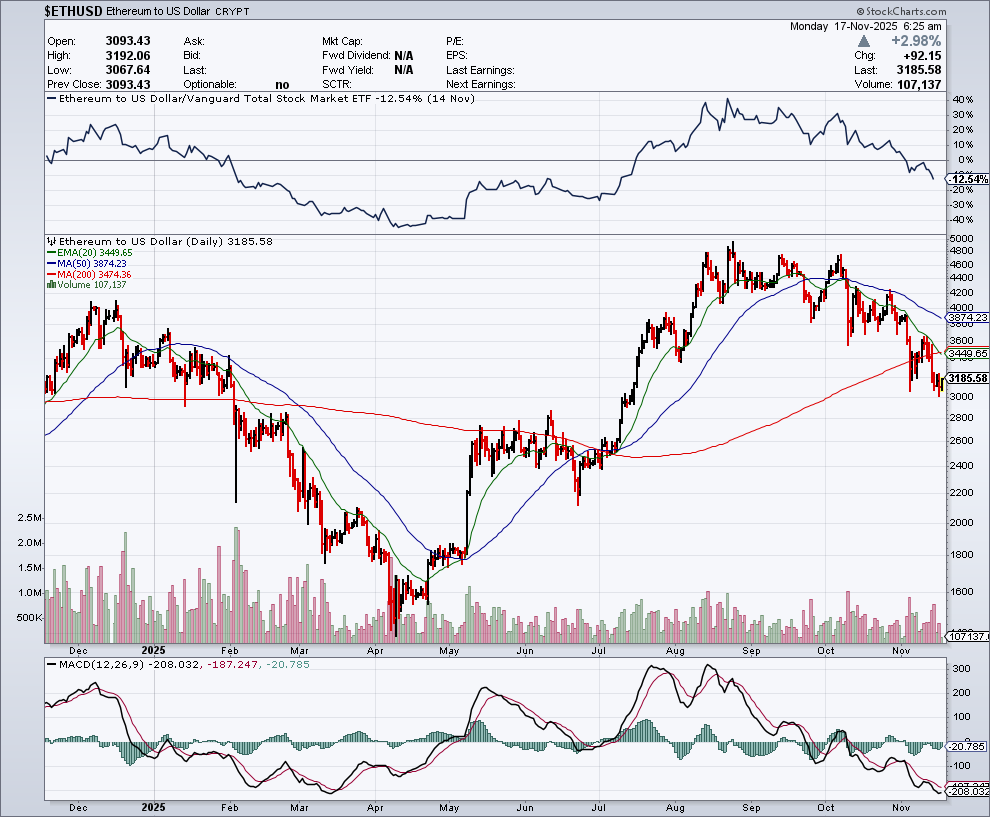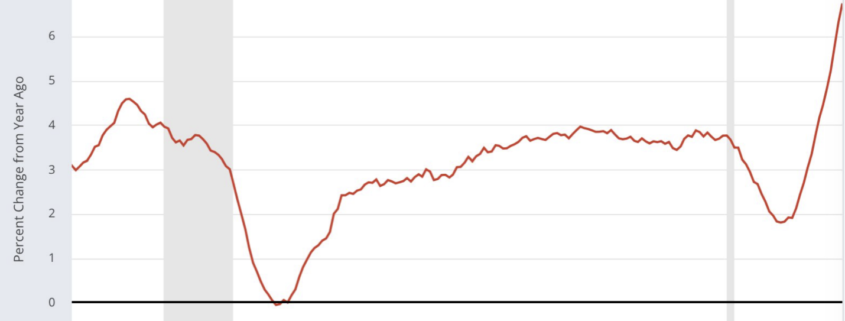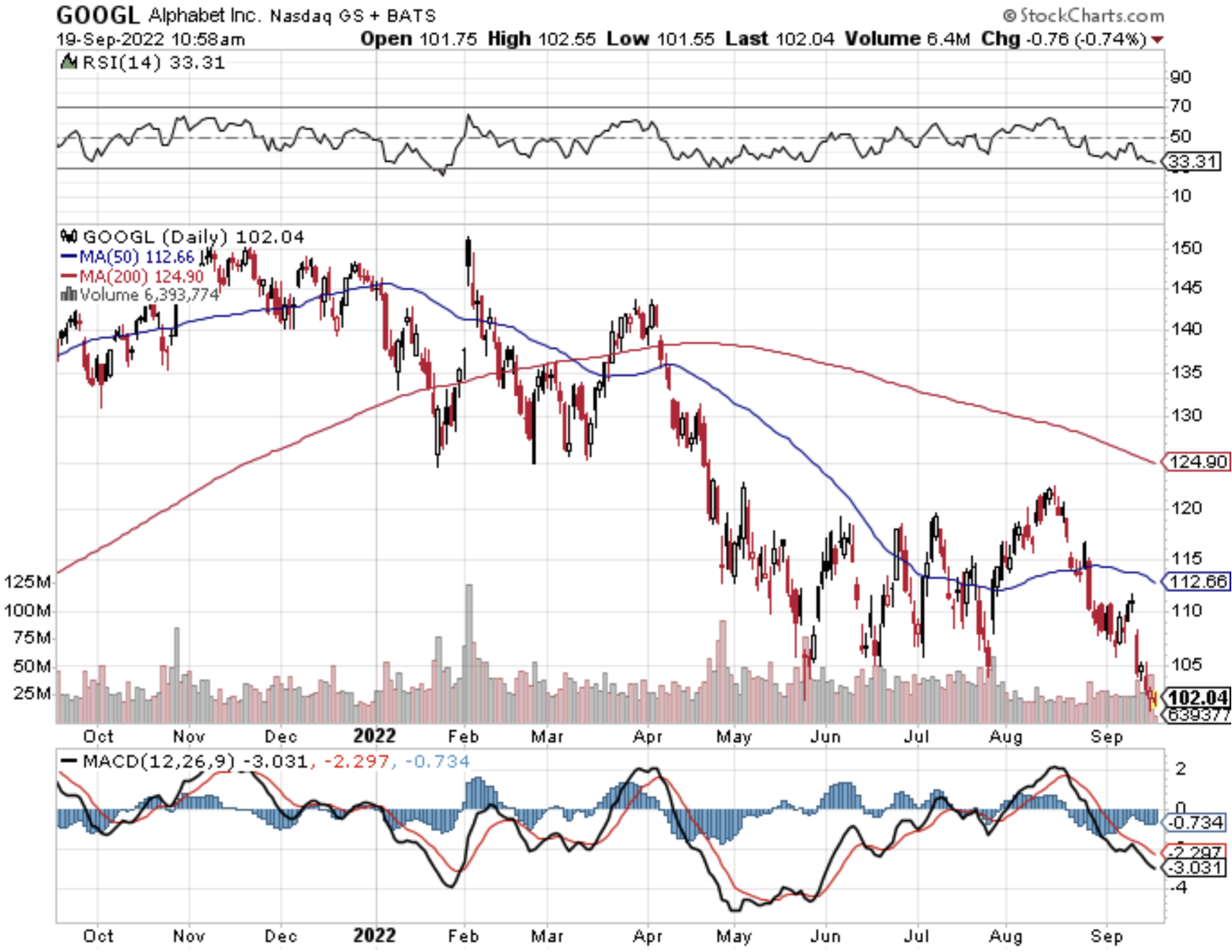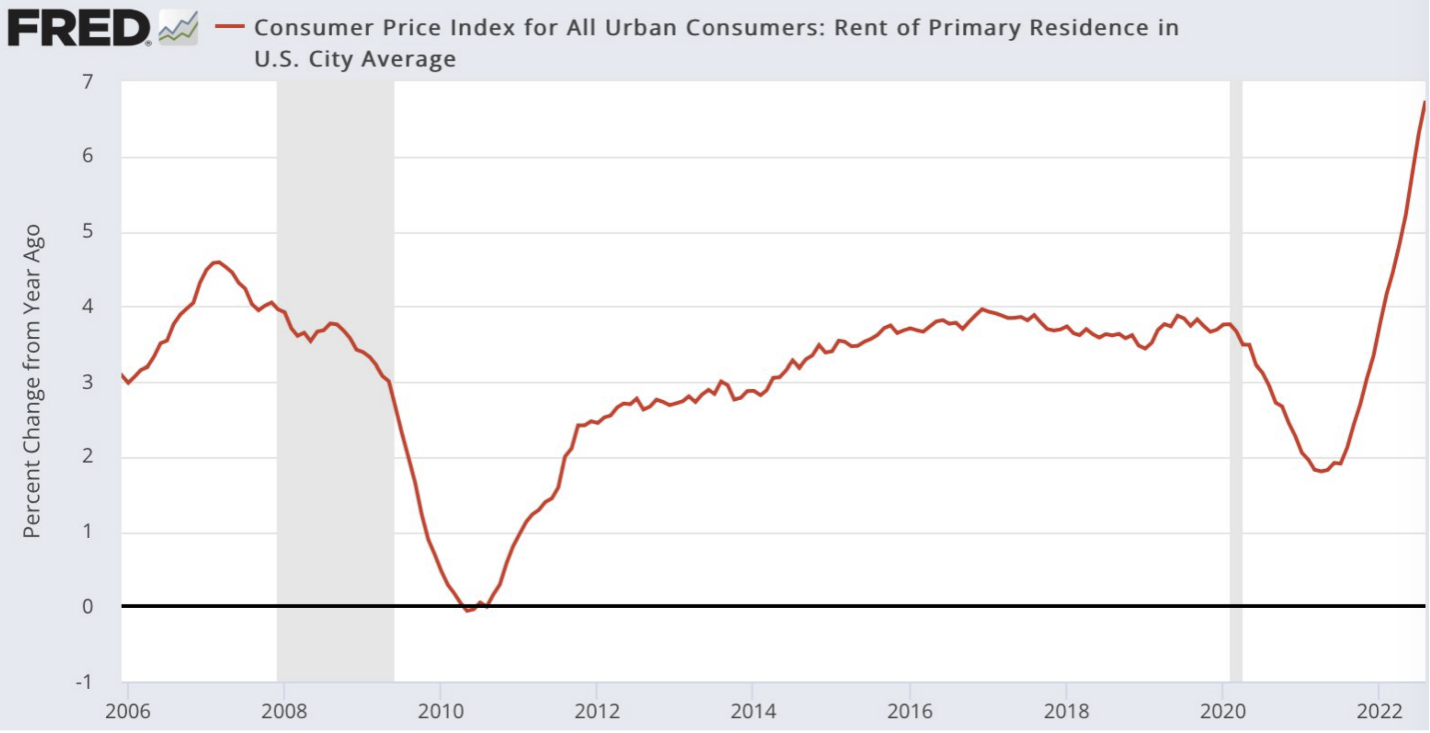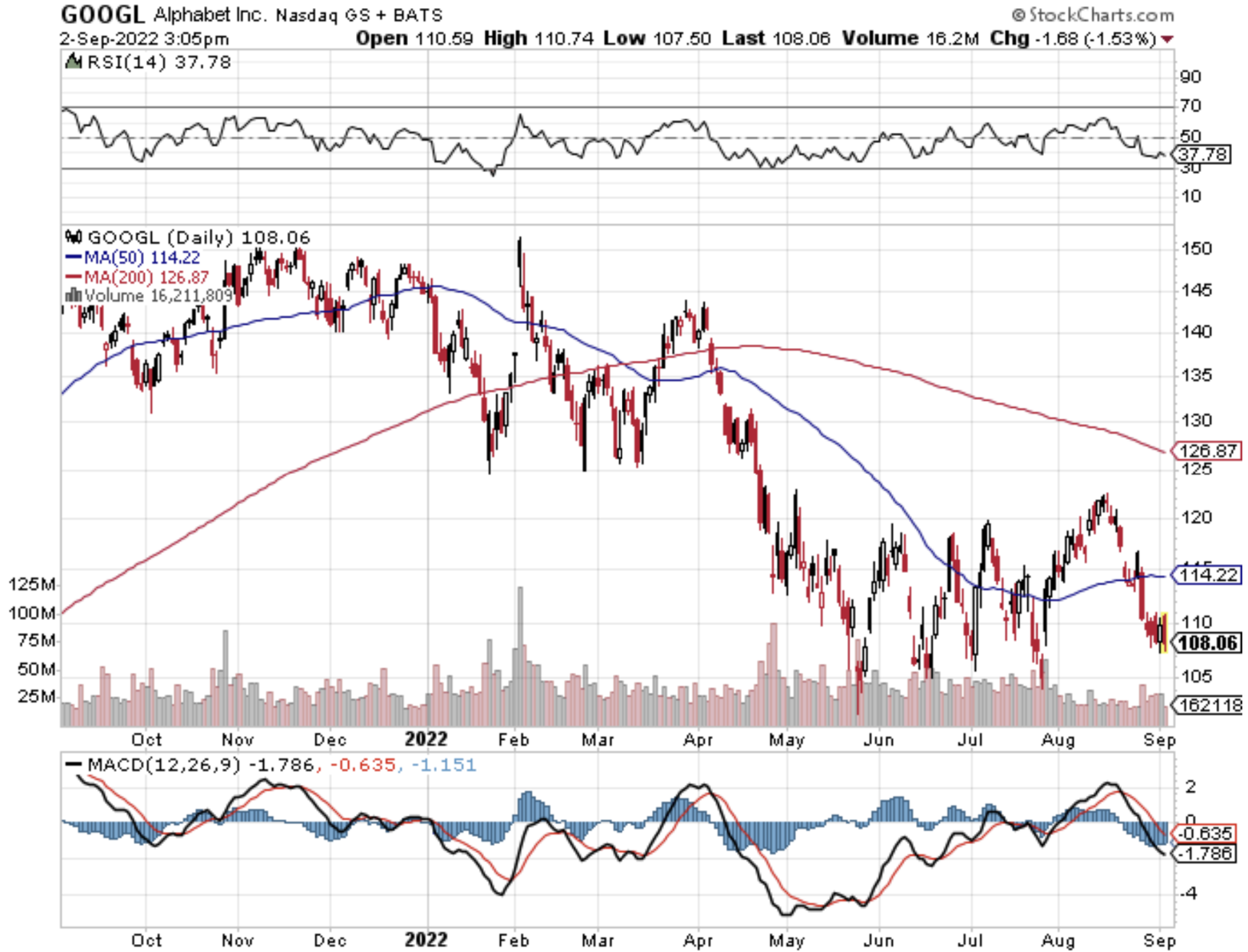With all the Dr. Dooms out there, and you know there are plenty, it might seem like a broken record.
Crypto’s been kicked around, mocked, and left for dead so many times, you’d think it owed Wall Street money. With all the criticism hurled its way lately, you'd be forgiven for thinking it has no future. But I wouldn't bet on that.
The road ahead for crypto is lined with silver linings. Not obvious to the casual observer, perhaps, but impossible for any sharp-eyed investor to ignore.
Let’s talk Google or Alphabet, if you want to be formal about it. Their latest earnings didn’t mention crypto by name, but the subtext was loud and clear. The advertising landscape is shifting. Payments are evolving. And guess who's still lingering in the machinery? Crypto.
In 2025 alone, the blockchain-in-media and advertising market clocked in at a cool $2.68 billion. That’s not chump change. It’s proof that crypto-related ad spend hasn’t vanished but simply changed costumes. The industry didn’t disappear. Instead, it adapted.
So when a behemoth like Google starts missing its growth targets, part of that slowdown reflects a deeper truth: money is moving differently now. And crypto, along with its Web3 cousins, is very much a part of that evolution.
Meanwhile, financial firms are still splashing ad dollars across every media channel that can spell ROI. And while not every banner screams Bitcoin, the underlying infrastructure - wallets, exchanges, DeFi platforms - is still feeding the ecosystem. Big media still wants those clicks, and crypto still delivers the eyeballs.
But forget ad dollars for a second. The more important asset is the audience.
Let’s not kid ourselves. Plenty of retail traders got torched during the last cycle. Some won’t touch crypto again if you paid them in Ethereum. Despite that, the appetite among younger investors is as strong as ever.
Case in point: Gemini’s 2024–2025 survey showed over 51% of Gen Z respondents worldwide have owned, or still own, some form of crypto. In the U.S., that number held steady.
Meanwhile, a separate US investment trends report found that 48% of Gen Z investors are using crypto exchanges. That’s more than those using traditional financial advisors.
This shouldn’t come as a surprise though. After years of arbitrary lockdowns and enough inflation to make your grocery bill look like a car payment, younger generations are rethinking everything. They find traditional retirement plans suspicious. They think the US financial system is rigged. These folks have gone from skeptical to cynical.
And who can blame them? The stock market got clobbered in 2022, and it hasn’t exactly been a parade since. Bonds didn’t offer much comfort either. This might be yet another year where both stocks and bonds disappoint - a double whammy that laughs in the face of your grandpa’s 60/40 portfolio.
Ah, yes, the sacred 60/40 split. Sixty percent in stocks, forty in bonds. Supposed to give you growth with a safety net. Well, in today’s market, that safety net has more holes than ever.
It’s time for a reset.
Wealth-building isn’t what it used to be. When both stocks and bonds are sagging - and when the Fed spent years flooding the economy with Monopoly money - there are no free lunches left.
Many upper-middle-class families thought they were cruising toward retirement on autopilot. Instead, they’ve been shoved back into the workforce, legs flailing, as everyday costs spike anywhere from 8% to 50%, depending on your zip code.
Now, some people are still parroting the old “crypto is on life support” line. That was maybe true two years ago. Today? Please. Forget survival. In 2025, crypto was on the offensive.
Bitcoin cracked the $100,000 barrier in November. Not on some fantasy of a future Fed pivot, but on the back of actual, real-deal monetary easing that started in late 2023.
We’re no longer guessing about the pivot. It happened. Now the conversation is about stability, and crypto has shown it can handle that just fine.
The idea that Bitcoin rises or falls based purely on Jerome Powell’s caffeine intake is dated. This market has grown up. With spot Bitcoin ETFs, regulated U.S. exchanges, and serious institutional muscle, crypto now has more than just a pulse. It has infrastructure, credibility, and momentum.
That said, the biggest threat to crypto remains the same as always: the people in it. The panic sellers. The hype chasers. The ones who buy the top and sell the bottom. The space could use fewer influencers and more investors.
Meanwhile, the harsh reality is sinking in across America: more families are scrambling to patch together some kind of retirement. And whether you’re 28 or 68, dismissing crypto might not be the smartest move.
According to the 2025 Modern Wealth Survey by Charles Schwab, 41% of Americans now consider crypto a good investment. And 65% of those already in the space say they’re planning to add more.
Here’s the bottom line. If you believe, as I do, that crypto has matured - from a speculative gamble to a legitimate, evolving asset class - then turning your back on it could be the biggest mistake of all.
Position sizing matters. Discipline matters. But the opportunity? Still very much alive.

